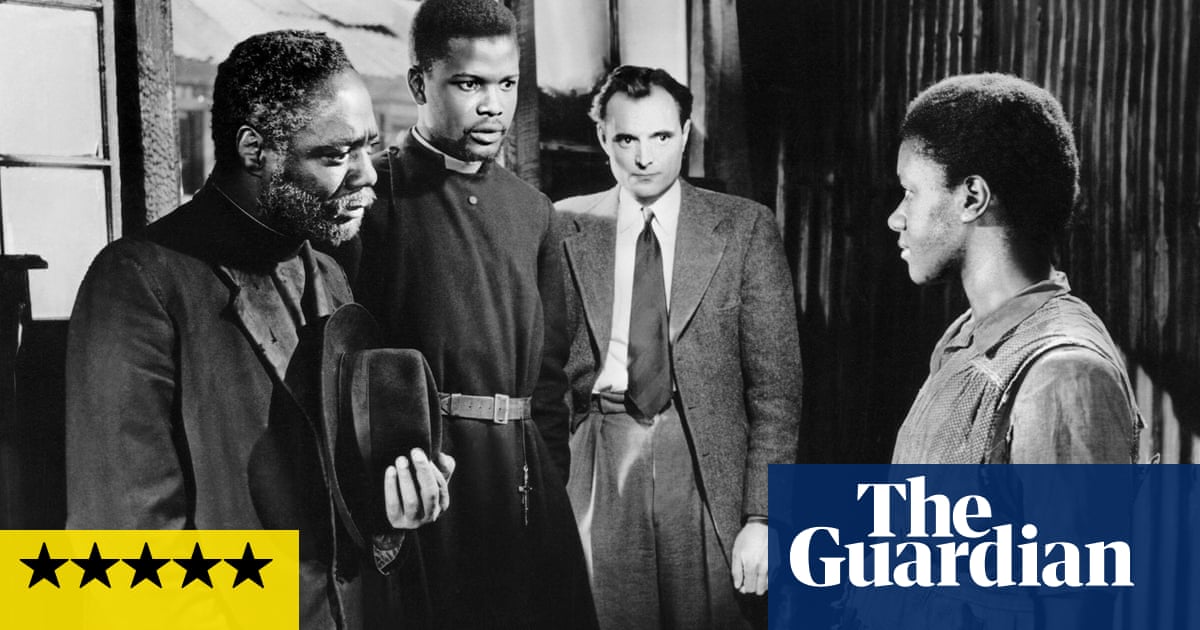
Kehinde Wiley, the official portraitist of former president Barack Obama, has also made paintings of Grandmaster Flash, Ice-T and Michael Jackson, as well as various sports stars, not to mention fellow artists Lynette Yiadom-Boakye, Yinka Shonibare and Kerry James Marshall. He has reworked painters as diverse as Goya, Jacques-Louis David, Rembrandt and Gainsborough. He’s a complex and erudite artist.
At the National Gallery, Wiley fills the Sunley Room with five paintings and a six-channel digital film. For his film, Prelude, Kehinde “cast” a group of black Londoners whom he met in Soho, taking them to the north of Norway. Shooting began just as the Covid-19 pandemic struck. The film is largely improvised, and Wiley has his cast walking, running and trudging through snow, surrounded by picturesque fjords and lowering mountains.
In one of the most memorable passages of this wraparound six-channel digital film, he has his cast smile into the camera, each holding the pose for as long as possible. They smile and the smiles become grimaces as the cold bites. A tear wells in an eye. Expressions grow rigid. Pleasure and larkishness become fortitude and resistance – and a game to see who’ll break or turn away from the wind. But no one does. In another scene, two young men stand stripped to the waist, black bodies and white jeans against the snow.
Wiley thinks of the whiteness of the snow as a kind of cage. The metaphor is clear. One young man’s fingers flail in mute expression against the cold. We watch two young women playing pat-a-cake, posing with their braided hair plaited together. A lone older man in a fur coat struggles uphill. Figures are smeared by blizzard and showers of embers as the protagonists build a fire. The score, by cellist and composer Niles Luther, is both romantic and wearying, filled with stirring emotional hooks. Scenes are intercut with readings: the 1836 essay Nature by Ralph Waldo Emerson, from Thoreau’s Walden and Wordsworth’s 1804 Ode: Intimations of Immortality. Wiley wants us to think about black aspiration in a white culture, about our different relationships to nature – and about being, living and dying in the world. It’s an ambitious and necessary project but, in this film, Wiley’s project feels somehow overburdened, a collection of overly long scenes and obtuse images stalled in the snow.
While Prelude was largely improvised, Wiley’s paintings are all calculation and premeditation. Two paintings re-work German Romantic painter Caspar David Friedrich. Both are hugely enlarged from Friedrich’s 19th-century originals. Taking Friedrich’s 1818 the Wanderer Above the Sea of Fog, Wiley replaces the lone climber, who we see from behind gazing over the fog-bound mountains from his rocky vantage point, with Babacar Mané, a young black man from Dakar in Senegal, his hair in cornrows, a goatee on his chin.
This is not a spot-the-difference game, though. Although Wiley is a fastidious copyist, the lighting has been tweaked, the figure rotated a tad. He carries two sticks, instead of Friedrich’s one. It is as if the lighting has been turned up, the colour intensified. Like Friedrich’s wanderer, we can’t know what the young climber is thinking. Is he in awe of the 19th-century sublime, steeling himself against the gothic awfulness of the mountains and the fog? Has Friedrich’s echo of the Napoleonic war become the low rumble of the 20th century (when the Nazis appropriated Friedrich for their own ends), or the longer histories of peoples and landscapes, belonging and exclusion? We can’t know.
Wiley’s second take on Friedrich reworks the artist’s 1818 Chalk Cliffs on Rügen. Friedrich’s family have been replaced by two young men, playing a clapping game against the backdrop of Friedrich’s precipitous chalk cleft on the southern shore of the Baltic. Two sub-Saharan men transposed into a northern landscape, they occupy the space ambiguously, and in a way Wiley may not exactly intend. This is also the case of the three seascapes here, the people in their decrepit, dangerous vessels on the turbulent swells.
Although the individual figures, their crafts, the seas and the weather are all rendered accurately enough, I never lose the sense that the different elements have all been slotted together. Everything is a bit illustrational. Wiley is not Géricault, Winslow Homer or Friedrich. His is an art of quotation, reworking history from a position that is totally contemporary, to make points about what one catalogue essay calls “the historical violence that lay at the heart of the sublime painting tradition”. You can only look at the past from the present. Technically, Wiley’s paintings are as aware of CGI and Photoshop, movies and advertising as they are of the techniques of the artists of previous centuries.
Wiley has a studio of painters in Beijing to assist in the production of his works, and the figures in the paintings are frequently Photoshop-ed into the compositions. A painter of ambitious – and audacious pictorial machines, with all their literary and art-historical quotations and subtexts – there is something discernibly mechanical about Wiley’s paintings. Machines make stuff: Wiley’s generate meanings.
He is a black artist not, like Homer, dramatising the lives of herring- or cod-fishermen on the Grand Banks of Newfoundland, but recasting these mariners as refugees. You can’t but think of people from Cuba or Haiti crossing to Florida, and the desperate migrants attempting to cross the Mediterranean and the Channel. While Théodore Géricault’s 1818-19 Raft of the Medusa was a response to a real disaster, Wiley’s paintings are too wedded to their art historical sources to have as much bite, or sense of the tragic, as news footage. They’re as much like posters taken from movie stills as paintings revisited: too artificial, too theatrical, too stiff to be believable.
Kehinde Wiley: The Prelude is at the National Gallery, London, until 18 April 2022.












